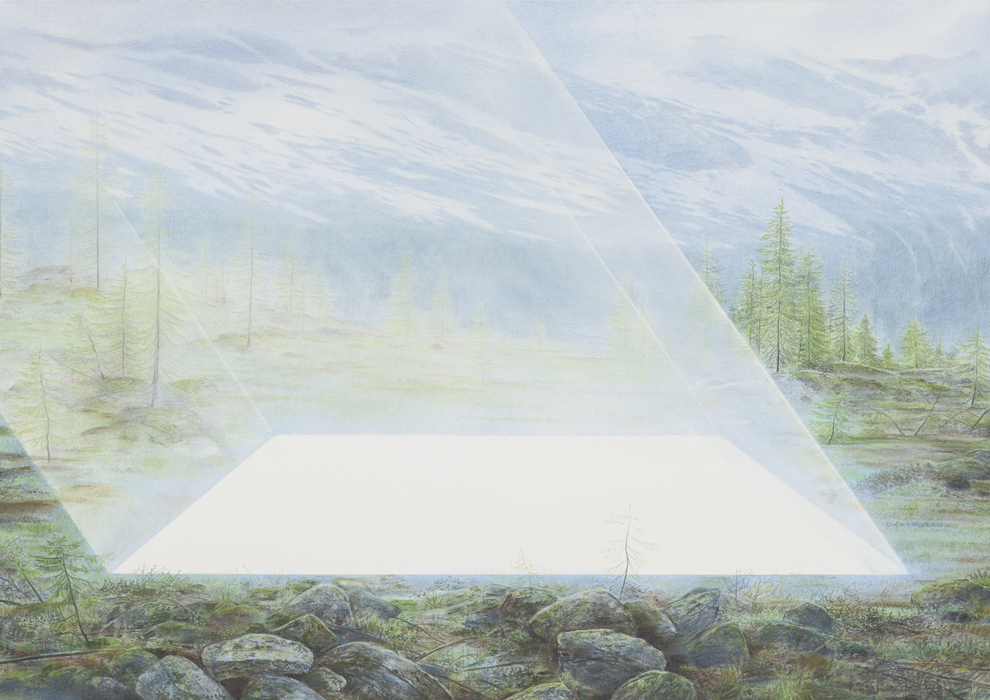Wieland Payer »Pastelle«
Samstag, 25. März 2017 | 19.00 Uhr – Vernissage
So., 26. März – Sa., 22. April 2017 – Ausstellung
„Aber schön ist auch die Zeit des Erwachens, wenn man nur zur Unzeit uns nicht weckt” (Hölderlin).
Payers Pastelle bekennen sich zu jener Krise des Bildbegriffs, die sich im gestörten Verhältnis zwischen dem Bild der Natur und der Natur des Bildes ausspricht. Dass Bilder Konstruktionen von Welt sind, durchzieht als Gewissheit alle Epochen, sonst gäbe es keine Stilgeschichte. Das zu würdigen und zu kategorisieren, arbeiten sich die Kunsthistoriker seit 200 Jahren ab. Konstruieren jedoch zum alleinigen Gegenstand der Kunst zu machen, ist das Ermächtigungsgesetz der Moderne.
Wieland Payer, der studierte, als dies alles schon Konsens war, wandert statt durch Landschaften durch die Kunstgeschichte wie durch ein Depot, ohne die Not, sich irgendwie legitimieren oder rechtfertigen zu müssen. Er entnimmt ihr, was er an Bildrequisiten braucht, um raffinierte Stimmungskulissen hinzuzaubern, auf die wir erwartungsgemäß reagieren. Als brillanter Zeichner baut er eine Sphäre der Überwältigung, des schönen Scheins und der Traumseligkeit auf. Sie zieht den Betrachter magisch an, bis er erwacht. Und wenn Hölderlin darum bittet, nur möglichst nicht zur Unzeit geweckt zu werden, könnte man sagen, dass Payer seine Bilder genau für diese Unzeit macht.
Michael Freitag
„But is nice the time of awakening, if one is not woken at the wrong time” (Hölderlin).
Payer’s pastels admit belonging to that crisis of the concept of portrayal, which expresses itself in disturbed relationships between the image of nature and the nature of the image. Images are constructions of the world, that certainty pervades periods, otherwise there would be no history of style. To honour and categorise that fact, art historians work off for over 200 years. However, making construction the sole object of art is the enabling art of modernity.
Wieland Payer, who studied when this was already consensus, wanders through art history instead of landscapes like through a box-room, without the distress of having to legitimise or to justify himself. He withdraws from it what he needs as image requisites in order to conjure cunning mood sceneries to which we react according to expectation. As a brilliant draughtsman, he builds a sphere of overwhelment, of beautiful appearances and dreamful blessedness. This sphere magically attracts the viewer until he wakes up. And if Hölderlin asks, please do not wake me up at the wrong time, you could reply, Payer’s art works are exactly for this moment of wrong timing.
Michael Freitag
